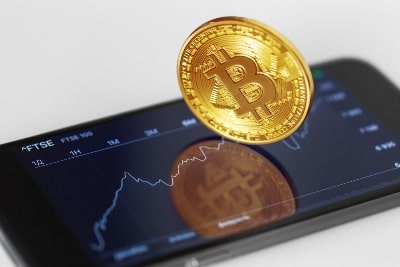What is Bitcoin Halving and How Will it Affect You?

If you’re a bitcoin investor, you’ve probably heard about the recent halving of the price. This halving is an important event for the crypto community. It impacts how the ecosystem works and how you can trade your Bitcoin over the course of the halving.
Past halving events
Bitcoin halving is a mechanism that cuts the total supply of bitcoins in half every four years. There is always a certain amount of uncertainty around these events. Some believe that the price of the cryptocurrency will increase as a result. Others believe that it will only have a minor effect on the price of the digital asset.
The next halving event is expected to occur on May 11, 2020. According to some sources, the total supply of Bitcoin will be reduced by a minimum of 840,000 blocks.
Historically, a halving event has been associated with gradual price appreciation. This will be a win for both consumers and investors. Similarly, a reduction in the number of miners will also lead to a rise in demand.
Miners will receive a reduced reward for each block that is mined. When the first halving happened, miners were given 50 coins per block. Today, this reward is reduced to 6.25 coins.
Another benefit of a halving is that the price of the crypto asset increases as more traders purchase coins. More trading means more demand.
Many people have speculated that the halving event is not the key to the crypto’s success. This is because it is only one of the factors affecting the value of the digital asset.
Impact on the ecosystem
The upcoming Bitcoin halving event is almost sure to change the BTC ecosystem. This is the third halving event that has taken place in recent years.
As a result, the value of the Bitcoins that have not been mined increases. In the past, halving events have been long-term bullish catalysts for the price of the cryptocurrency. Currently, there are about 18.5 million Bitcoins in circulation.
Every time a halving occurs, the rate at which new coins are created decreases by half. That means fewer people will be mining the Bitcoins in the coming years.
While this could mean a drop in the value of the crypto, it also offers opportunities for profit. Many users have already been selling their coins at higher prices. They are earning profits in the short-term as prices rise and demand increases.
The halving process has also been a major contributor to the recent boom in the price of the digital currency. The price has risen to as high as $58,000 in recent weeks. However, the market has been slow to rebound due to rising treasury yields.
There are concerns that the halving will affect the computing power of the cryptocurrency industry. Mining has become more power-intensive and difficult since the first halving. It is a costly process that has a large environmental toll.
How to trade bitcoin over the course of the halving
For traders, the Bitcoin halving can be a profit opportunity. This phenomenon occurs every four years, reducing the supply of new Bitcoins by 50%.
This reduction in supply increases the price of each coin. In addition to this, the rate of inflation is low at less than 2%.
The next halving is scheduled for April 8, 2024. If you want to trade bitcoin, you can buy through an exchange. You can also use derivatives to speculate on the price of the coin.
It is important to remember that the reward for mining a new block is cut by half at each halving event. This makes each bitcoin more valuable. Moreover, miners will receive less BTC for verifying a transaction.
This phenomenon is an integral part of the decentralized nature of the cryptocurrency. Governments cannot print the coins, which means the amount of available Bitcoin is finite. But as demand grows, the price increases.
The next halving is expected to lower the number of BTC mined by miners to 3.125 per block. That’s a huge reduction from the rate of mining that was occurring in the early days of the network. Currently, there are 18.7 million coins in circulation. There are currently 900 new coins entered into digital circulation every day.


